10 day trips in Madrid (Part II)

We propose 10 plans to escape from the busy capital. Where do you want to escape to this weekend?
The Community of Madrid has much more to offer than the big city; mountain villages, routes between mountains, medieval castles and much more. So we offer you several routes, at least 2 villages, to spend the day less than 1 hour and a half from Madrid.
In this second and last part we will start in the southernmost town of the community, where an impressive royal residence is located, and we will go up visiting the westernmost town of the community and its well-known reservoir, until we get back to the north.
6. ARANJUEZ AND REAL CORTIJO DE SAN ISIDRO
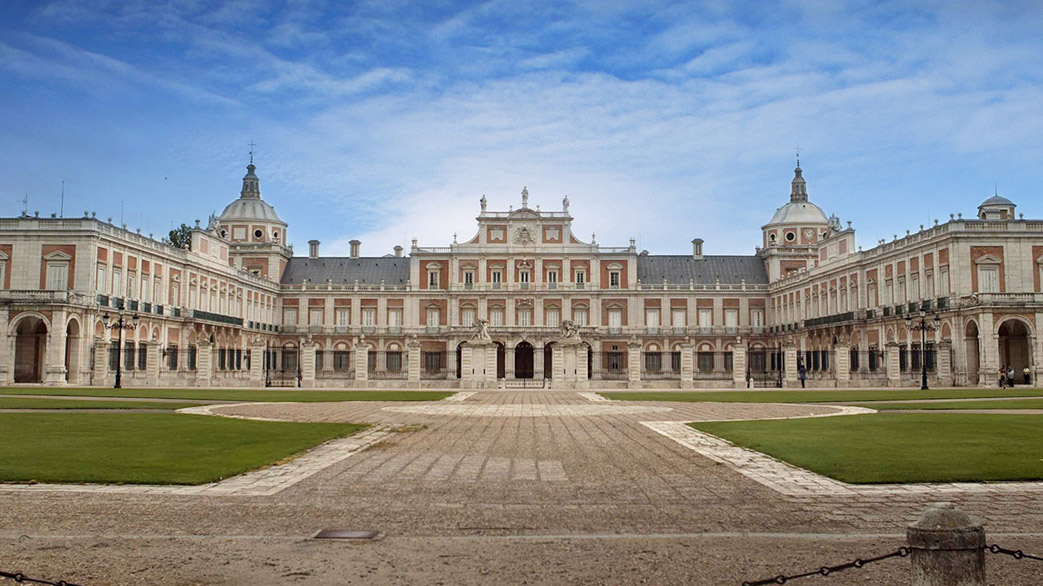
South of Madrid we have Aranjuez, an essential visit for every tourist. This Royal Villa is only 40 minutes from the capital, and is known for its Palace, built by order of Philip II, and whose architects were Juan Bautista de Toledo and Juan de Herrera.
The palace is surrounded by the 3 most important gardens of Aranjuez.
The palace is surrounded by the 3 most important gardens of Aranjuez. To the east of the palace is the Parterre Garden, the smallest, with a French baroque design. Continuing east we find the Prince’s Garden, as a botanical garden for its great biodiversity, it is also the largest of the three. Inside is the Casa del Labrador, a palace built on the base of a farmhouse, and the Museum of the Faluas Reales, with 7 royal boats. And to the west of the palace is the Jadín de la Isla, whose name comes from the fact that it is surrounded by the Tagus River and a small canal for mills.
Returning to the center of Aranjuez we have the Plaza de Parejas, which was named after the Juego de Parejas that took place in this square, a kind of dance on horseback of 48 knights. To the east of this square is the Plaza de Mariblanca, and in it the Church of San Antonio, commissioned by Fernando VI and enlarged by Carlos III.
Before leaving, we recommend you to visit the Aranjuez train station.
This Neomudejar style station is one of the oldest in Spain, whose first railway services date back to the 18th century, for Queen Isabel II and the Spanish Royal Court. Nowadays it is well known for the trip on the Strawberry Train, an old steam engine that transported strawberries from Aranjuez to Madrid.
Before returning to Madrid you can take a detour to the Real Cortijo de San Isidro, just 10 minutes from Aranjuez. This colony was promoted by Carlos III as an example of agricultural exploitation. Of this Royal Cortijo are still standing the main buildings, the Casa Grande, the Bodega, the Cave, the Chapel and the Plaza del Pozo, this being the busiest area of the farmhouse.
7. NAVALCARNERO
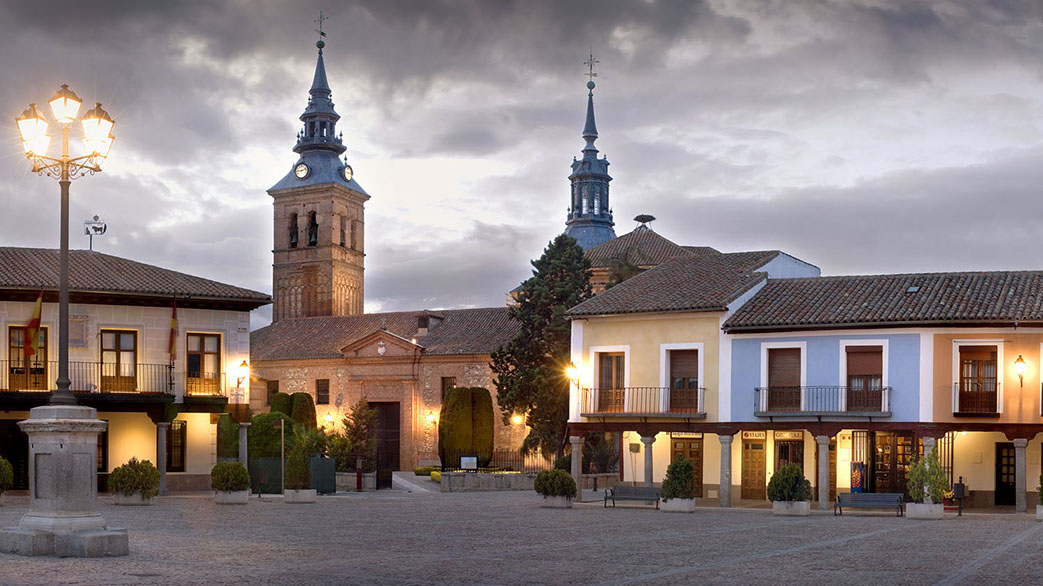
A little more than half an hour from Madrid on the A-5 highway is located Navalcarnero, this Villa Real was founded in 1499 and witnessed the wedding of King Felipe IV with Doña Mariana of Austria.
This municipality is a land of wine, in the eighteenth century had 139 caves in which each family kept their homemade wine. Currently the Wine Museum, the Interpretation Center or the Cueva del Concejo, are some of the institutions that have rehabilitated some of these caves.
This municipality is a land of wines, in the 18th century it had 139 caves in which each family kept their homemade wine.
Walking through Navalcarnero you will see a multitude of trompe l’oeil paintings on some of the facades painted by Alberto Pirronngeli, an artist based in the town. And in the center of Navalcarnero is its Plaza Mayor, declared of Cultural Interest, which has the name of Plaza de Segovia because this town was owned by Segovia.
And if what you want is to enjoy the natural environment of the municipality, we recommend the Route of the Meadow of San Isidro, which follows the path of Agua de Riaza. At 3km from the village we reach the meadow, where the Hermitage of San Isidro is located and where its famous pilgrimage is celebrated on May 15 every year.
8. SAN MARTÍN DE VALDEIGLESIAS AND SAN JUÁN RESERVOIR
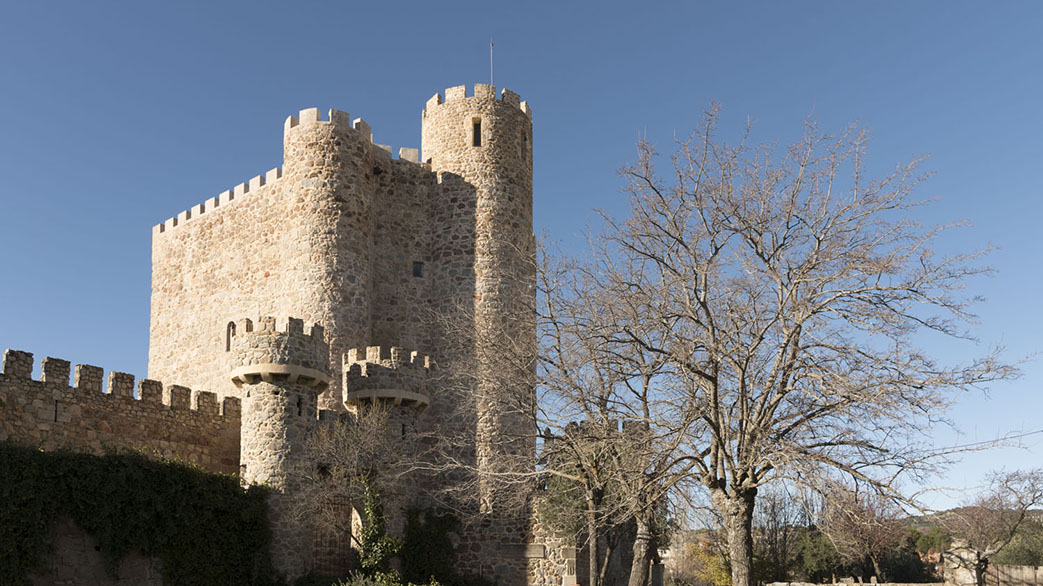
The origin of this municipality dates back to the Reconquest, to the repopulation of this area, with great prominence of the clergy, and it was in 1150 that the Monastery of Santa María la Real de Valdeiglesias was founded. It is currently the most emblematic monument of the municipality, declared of Cultural Interest in 1983.
Another of the most important monuments of San Martin is the spectacular Castillo de la Coracera, whose origin is believed to date back to the fifteenth century. The whole castle can be visited, and from the keep you will have magnificent views of the Sierra de Gredos.
The weight of the religious community and the importance of the city has left several temples, which gave the name of Valle de la Iglesias “Valdeiglesias”. Some of the best known are the Ecce Homo and the “Ermita de la Sangre”. And the most important of the city is the Church of San Martin, started in 1634 but remained unfinished, only a third of the project was built.
San Martín de Valdeiglesias offers many activities for enjoying nature
In this town hides an Enchanted Forest, a botanical garden with more than 500 different plants and 300 plant sculptures. We have no doubt that if you go with children, this labyrinthine forest will be their favorite place. San Martin de Valdeiglesias offers many activities to enjoy nature, such as hiking, horseback riding or cycling, or nautical activities on the “beach of Madrid”. The San Juan reservoir is the best known of the community because it is the only one that allows bathing, and has also received the blue flag. When the good weather arrives, it fills up with Sunday visitors, who want to enjoy its waters, as well as its nautical club and beach bars.
9. SAN LORENZO DE EL ESCORIAL
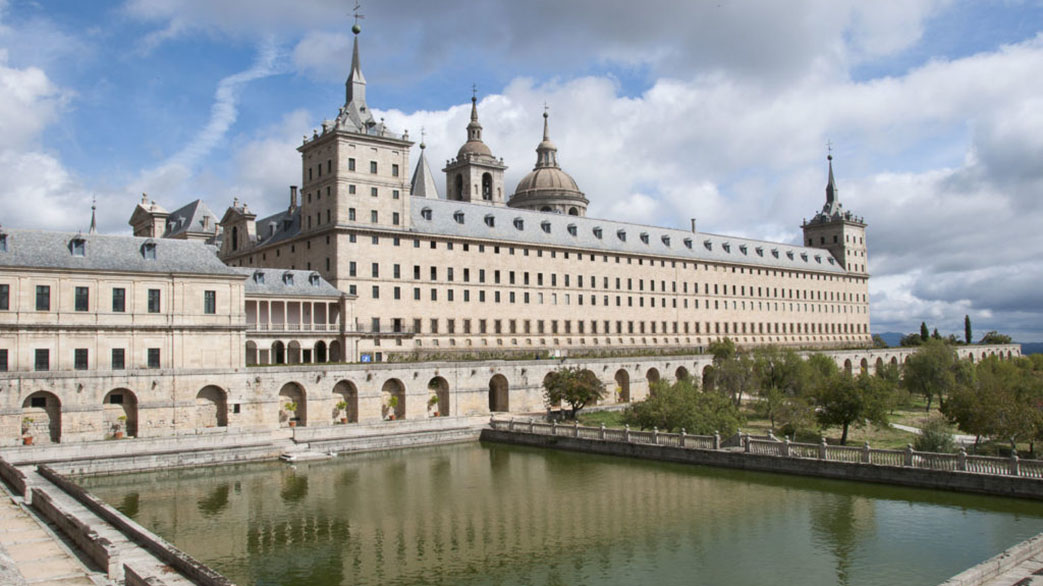
In the Guadarrama basin is located this important town considered one of the most beautiful villages in Spain. Its main attraction is its gigantic monastery, dating from the sixteenth century, which was the largest building in Europe for years.
The project, commissioned by Felipe II, was carried out by the architect Juan Bautista de Toledo, although other architects, such as Juan de Herrera, later intervened.
This large complex internally houses different buildings that were built and modified throughout the different reigns. It highlights the Patio de Reyes, an open space of large dimensions, and after crossing it you will find the Basilica of El Escorial, with a huge dome 95m high.
The most impressive space is the Pantheon of Kings, a circular room of baroque style under the High Altar of the Basilica.
Interesting are the clear differences between the Palace of the Austrias, of austere decoration, and the Palace of the Bourbons, with a more ornate French decoration. But undoubtedly the most impressive space is the Pantheon of Kings, a circular room of baroque style under the High Altar of the Basilica. This room houses the tombs of the Habsburg and Bourbon dynasties. After immersing yourself in the history of Spain through this immense building, it is time to enjoy the exterior and get to know more about the town. We invite you to stroll a little aimlessly through it, discovering its beautiful cobbled streets and some surprises, such as the Royal Coliseum Theater of Carlos III, from 1772. The most important square of the town is the Plaza de la Constitución, where the town hall is located, in it there are many bars and restaurants where you can end the day eating or drinking something.
10. CERCEDILLA AND MANZANARES EL REAL
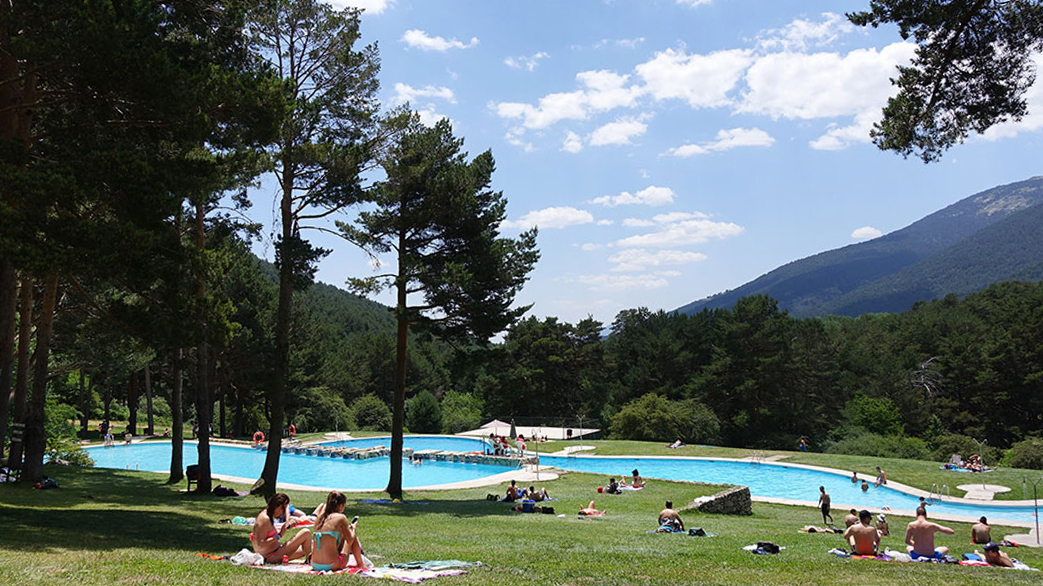
To finish this extensive list of getaways we propose a very complete one, starting with the high town of Cercedilla and then down to Manzanares el Real.
Starting with the most distant, Cercedilla is a town closely linked to its mountainous context. In the winter months it is filled every weekend with skiers from the Puerto de Navacerrada, such is its relationship with the sport that the town houses the Ski Museum. Other places of interest are the Parish Church of San Esteban or the Roman roads and bridges, which are evidence of the historical past of the Guadarrama Valley.
Las Berceas, impressive natural water pools surrounded by pine forests.
During the summer we recommend the natural pools of the Parque Recreativo Las Berceas. An impressive natural water pools surrounded by pine forests. Of course, we warn you that you have to get up early to park nearby as it is usually quite crowded on weekends.
20 minutes from Cercedilla is Manzanares el Real. This area is one of the most touristic of the Community of Madrid, especially because it is the gateway to La Pedriza, a natural park with rock formations that crosses the Manzanares River leaving pools with crystal clear waters.
The most important monument of the town is the palace-fortress of the Mendoza family, dating from 1475. We recommend you to visit it, since it is preserved in a magnificent state.
The village is on the banks of the Santillana Reservoir, built in 1969. Two towers built in the previous reservoir, from the early twentieth century, are still standing.
And if you haven’t read it yet, don’t miss the post of the first 5 destinations.
